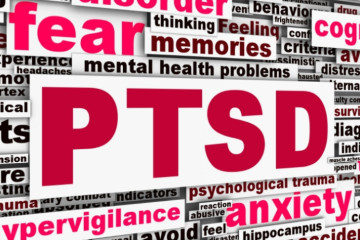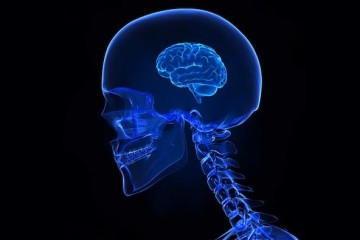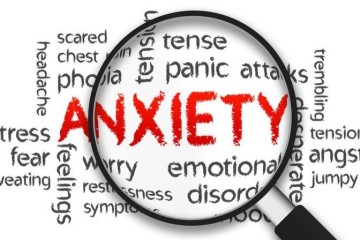A Look at a Basic Health Education Definition

Health education is an extremely broad field and it can be presented under numerous different circumstances. Practitioners can teach within secondary (or primary) educational situations, at university or informally through seminars and other social settings. Of course, encompassing the disparate fields of this sector can be quite challenging. Some of the primary areas which are addressed include physical health, social health, emotional health, environmental health and even spiritual concerns. Thus, it should be obvious that any teacher will need to boast the appropriate qualifications. These will differ from topic to topic.
Defining Health Education
In 2001, the Joint Committee on Health Education and Promotion Terminology defined health education as “any combination of planned learning experiences based on sound theories that provide individuals, groups, and communities the opportunity to acquire information and the skills needed to make quality health decisions” (1).
So, it is clear to see from this health education definition that the breadth of the topic is indeed quite large. It is still quite interesting to observe that this definition and subsequent approaches have changed over time.
Modified Approaches
During the late nineteenth and early twentieth centuries, proper health education was primarily focused upon the prevention of deadly diseases. When we consider that such epidemics such as malaria, smallpox, typhoid and polio were still rampant throughout the world, it is clear why this approach was embraced. However, advancements in medicine allowed this field to broaden its horizons substantially. By the 1970s and 1980s, the focus of health education embraced promoting awareness of certain risk factors. Also, the role of the educator was much more pronounced as opposed to presenting static information alone. Some of the main parameters which are now addressed include.
- Implementing effective strategies.
- Establish a rapport with the learners.
- Conducting and evaluating research.
- Assessing individual and community needs.
Questions such as which problems affected certain groups and what specific actions needed to be taken were much more relevant. Therefore, a more targeted approach to health education could be enjoyed.
The Role of Mental Health
Up until the 1960s, very little emphasis was placed towards mental health and emotional challenges. Rather, the focus tended to revolve around physical conditions. This began to change during the 1970s and 1980s. By the last decade of the twentieth century, mental illness (and its detection and prevention) were key factors within the curricula of many educational departments. The end result was a much more well-rounded approach in comparison to past techniques. This also stemmed from scientific research which pointed toward the fact that a number of physical conditions were at least partially the results of mental health issues.
Modern Mental Health Education
In these modern times, the overall definition of health education is continuing to evolve. This has arisen largely from the implementation of technology alongside traditional learning methods. Many educational processes will now be presented with the help of digital media such as videos, interactive presentations and even distance learning. This has resulted in more individuals having access to materials than in the past. Another major concern is distributing health education to the poorer parts of the world. It is hoped that these efforts will help to mitigate such diseases as AIDS and even the recent Ebola virus outbreaks.
Defining health education is therefore quite a fluid prospect. However, the main point is still to inform, educate and prevent any number of ailments through clarity and insight. It will be very interesting to see what the future may hold for this eclectic field.
References:
1. Joint Committee on Terminology (2001). “Report of the 2000 Joint Committee on Health Education and Promotion Terminology”. American Journal of Health Education 32 (2): 89–103.



